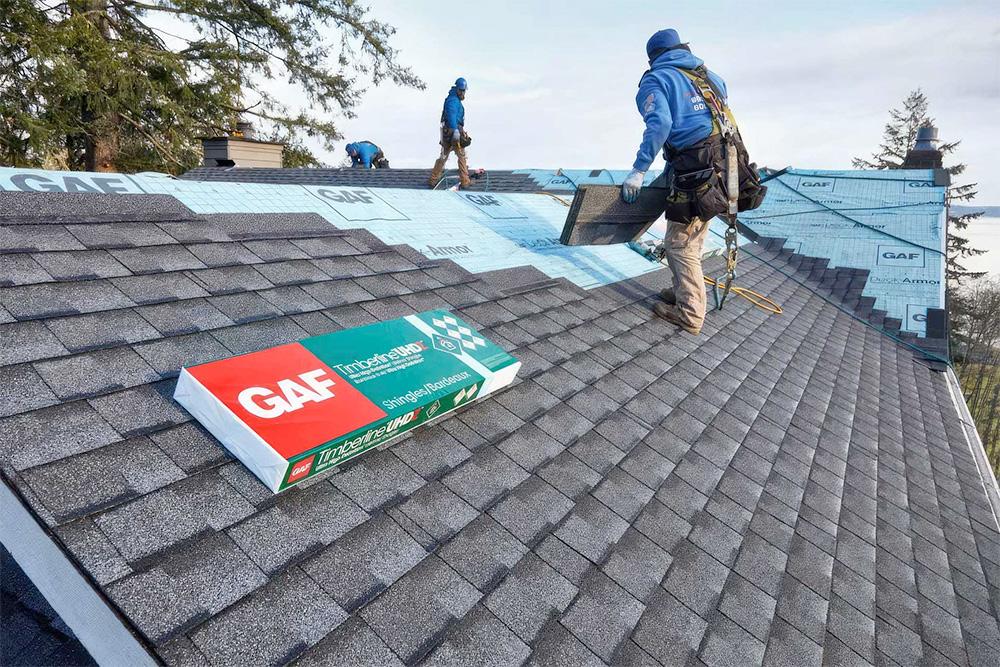Crucial Tips for Preserving and Fixing Your Roofing System Efficiently
Your roofing, an unsung hero of home facilities, tirelessly battles the elements to keep you safe and dry. Nonetheless, it calls for normal upkeep and timely repair services to do effectively. This article will outfit you with required expertise about roof covering care, varying from routine assessments and do-it-yourself repair services to recognizing when to call in specialists. Allow's begin on this journey to make sure the durability of your roof covering system and, eventually, the comfort of your home.
Recognizing the Fundamentals of Your Roofing System

Regular Examination: The Key to Roof Covering Upkeep
While it may not be immediately noticeable, regular examinations are a critical part of efficient roof covering maintenance. These examinations permit homeowners to find possible issues prior to they escalate right into significant problems, saving both time and cash in the long run. A normal inspection must include examining for loosened or absent shingles, broken or put on roof covering products, and signs of water damage. It's likewise essential to examine the gutters and downspouts for blockages or damage, as these are important to the functionality of the roof. Ideally, these evaluations ought to be performed two Click This Link times a year, preferably in spring and fall. If a house owner is awkward doing the inspection themselves, they must work with a specialist roofer.
Determining Typical Roof Concerns and Their Causes
Common roof covering problems often stem from weather-related damages, especially from wind, rainfall, and hail storm. Biological elements like moss and algae development can additionally break down roofing materials over time. Understanding these causes can help house metal roof over metal roof owners stop many roofing issues.
Do It Yourself Services: Dealing With Minor Roofing Issues
A significant number of small roof covering troubles can be managed by property owners themselves, armed with a little bit of expertise and the right devices. Little leaks, for circumstances, can typically be covered with roof cement and a straightforward roof shingles substitute. Cleaning rain gutters on a regular basis avoids water accumulation, decreasing the chance of leakages and water damage.
Home owners should, nevertheless, exercise caution while performing these tasks. Security tools, her explanation such as a durable ladder and non-slip footwear, are necessary. Despite these do it yourself possibilities, one must bear in mind that not all roof troubles fall within an amateur's purview.
When to Call a Specialist: Major Roofing Repair Service and Substitute

Despite the feasibility of DIY repairs for minor roof issues, there comes a factor when specialist treatment becomes needed. Significant issues, such as considerable water damage, sagging, or big locations of missing roof shingles, usually need the ability set of a roof covering professional. A qualified professional can evaluate the roofing system's problem and give a precise estimate for fixing or substitute.
Preventative Actions: Tips for Long-Term Roofing System Treatment
While routine examinations and minor repairs are important, the long life and general health of a roofing system significantly depend on constant preventative upkeep. Making certain appropriate attic ventilation is also key to avoiding warm and dampness accumulation, which can damage the roofing system from the inside out. These actions can substantially expand the roof's life-span and protect against pricey fixings or replacement.
Conclusion
In conclusion, correct roofing maintenance and timely repair work are vital to lengthen the life of your roof. Regular inspections can aid recognize prospective issues early, while do it yourself techniques can deal with small issues. Nevertheless, for significant concerns, expert intervention is necessary. With preventative procedures such as routine cleaning and cutting of overhanging branches, one can make certain the durability of their roof, protecting their home versus weather-related damages.